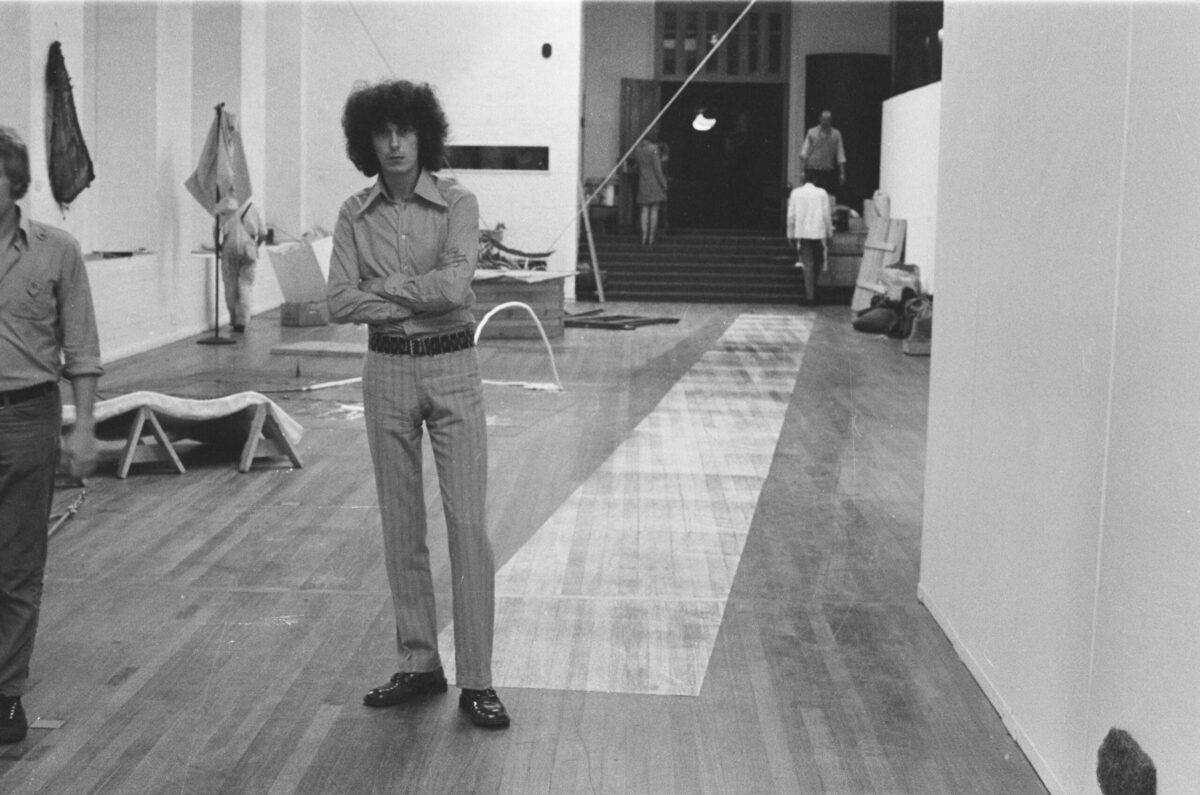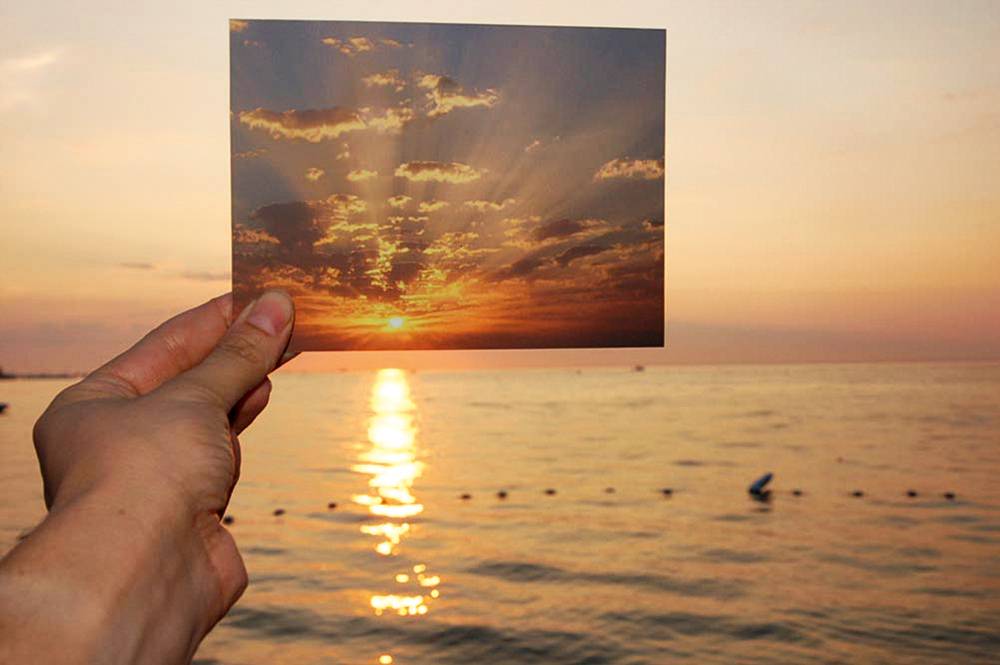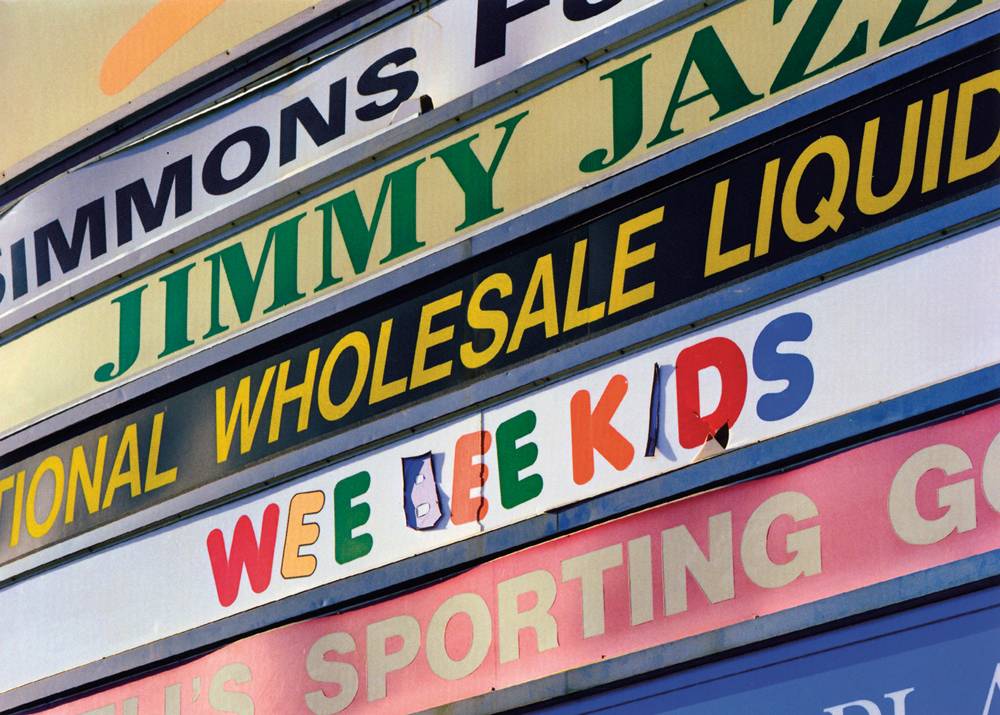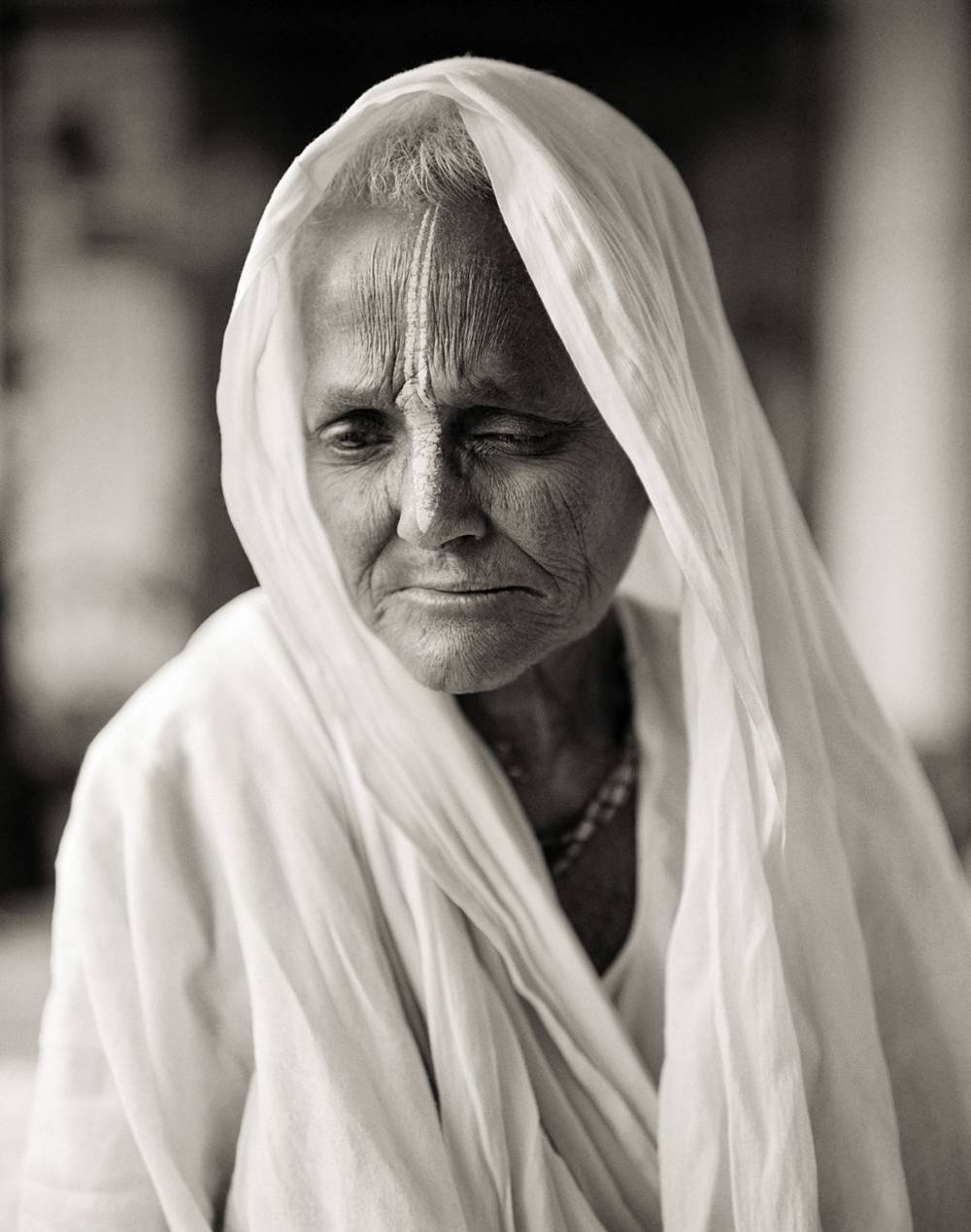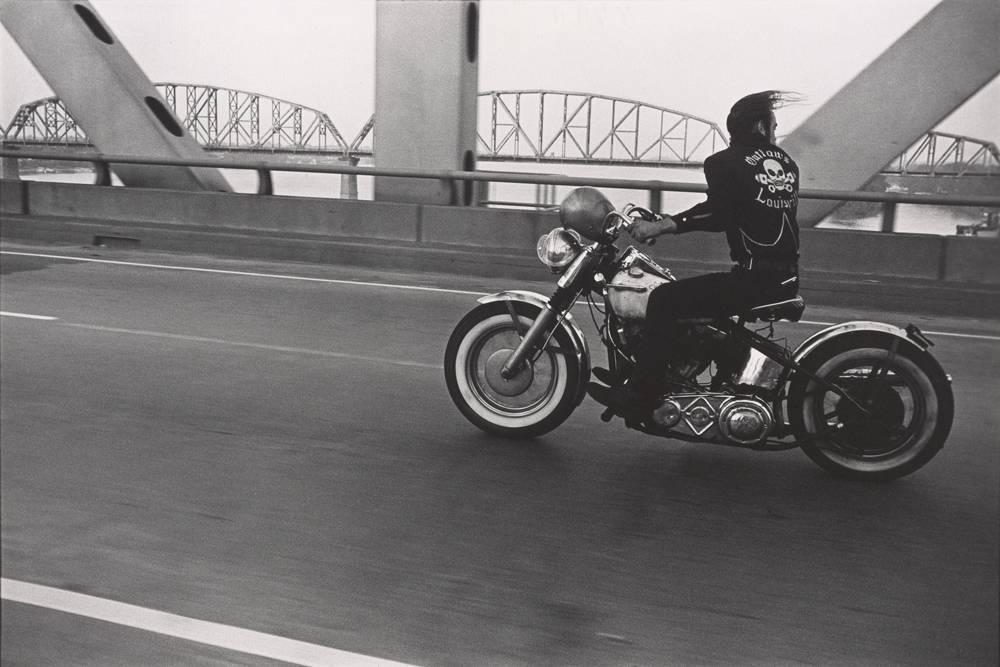Paris Photo’s move to the Grand Palais has prompted a much greater emphasis on the photo book – not only is there considerably more space for dealers of both new and collectible titles, but also generous displays and prizes for books by emerging and established photographers. The fair itself is also generating or inspiring publications, including two connected to the most recent shows within the show. The salon-style installation of nearly 300 images from London’s reportedly vast, already legendary Archive of Modern Conflict, at one end of the Grand Palais, was the most unexpected and exciting exhibition in Paris this past fall. Softbound and virtually textless, its catalogue, Collected Shadows (amcbooks.com), gives you some idea of the show’s startling, stimulating juxtapositions of mostly 19th-and early 20th-century work by unknown, little-known, and well-known artists (including Brassaï, Atget, and Sudek), but it can only begin to suggest its impact on the wall. The title is apt: there’s something mysterious, ephemeral, and abstract about a lot of the work. Again and again, you sense the document slipping into the dream. Which made it the ideal companion to Paris Photo vu Par David Lynch (Paris Photo/Steidl), 99 photographs selected from submissions by each gallery in advance of the fair and clearly labeled in each booth for anyone interested in tracking the director’s famously outré taste through the show. The catalogue, which reproduces all the images along with brief, occasionally bizarre musings by Lynch (“We’re in a time when you can picture these really tall, evil things running at night, just racing,” for example), makes a fine souvenir, but the pleasure of discovering these pictures one at a time in the course of a day at the fair is hard to recapture. Although many are predictably peculiar and disturbing, the range is wide and far from one-note, with marvelous anonymous material alongside work by everyone from Edward Steichen to Anders Petersen. Nothing random, nothing boring. With these photographs – an autobiography in images – Lynch’s haunting, nightmare vision is both underlined and opened up. In a sense, both these books are about collecting – not necessarily connoisseurship, but the refinements and idiosyncrasies of personal taste.
And haunting is the word for Marc Asnin’s brilliant, terrifying Uncle Charlie (Contrasto), the result of a 30-year collaboration/confrontation between the photographer and his mother’s brother, a diagnosed schizophrenic and occasional crackhead. “It’s my dance with my godfather,” Asnin writes in an afterword, and as such it’s almost unbearably intimate and revealing. At once a recluse and a family man, a nobody and a force to be reckoned with, Charlie Henschke doesn’t really age in the course of the book; he shrivels and wears out but remains fierce, steely, stubbornly alive. Asnin’s inky black-and-white photographs are tough and unflinching; he sees everything – sex, drugs, guns, anger, pain, tenderness – and knows no bounds. And he makes no attempt to tie it all up in a neat package, which can be maddening at times. Captions are few and far between; the chronology has been shuffled; confusion reigns, especially where Charlie’s wives and (mostly) estranged children are concerned. Asnin acknowledges as much when he describes the book as “life, raw unintelligible life” with “no easy answers or summaries,” and that crazy sprawl is a good part of the book’s power. In a sense, Asnin’s non-linear narrative mirrors that of his uncle, whose recorded voice threads through the book in a snaking, jumbled typography that perfectly captures the erratic ebb and flow of his words. The ultimate unreliable narrator, Charlie is also one of the most eccentric and compelling voices you’re likely to come across outside of Faulkner. It’s deluded, infuriating, caustic, and vivid as hell: “I’ve seen life passing me by at hurricane speed, but I never felt the breeze on that stoop.”



